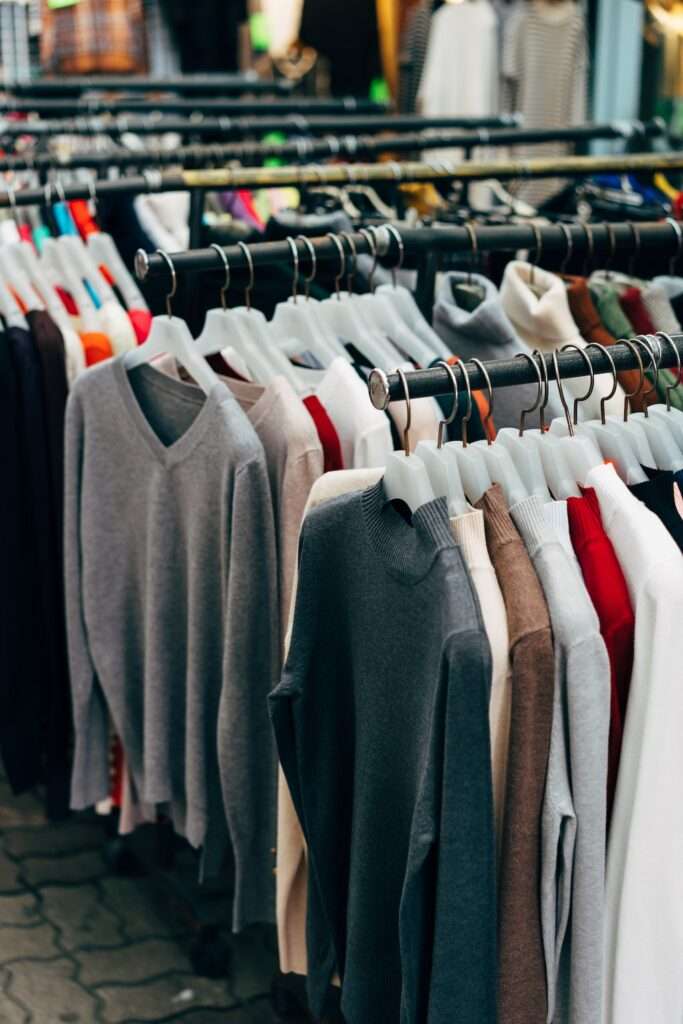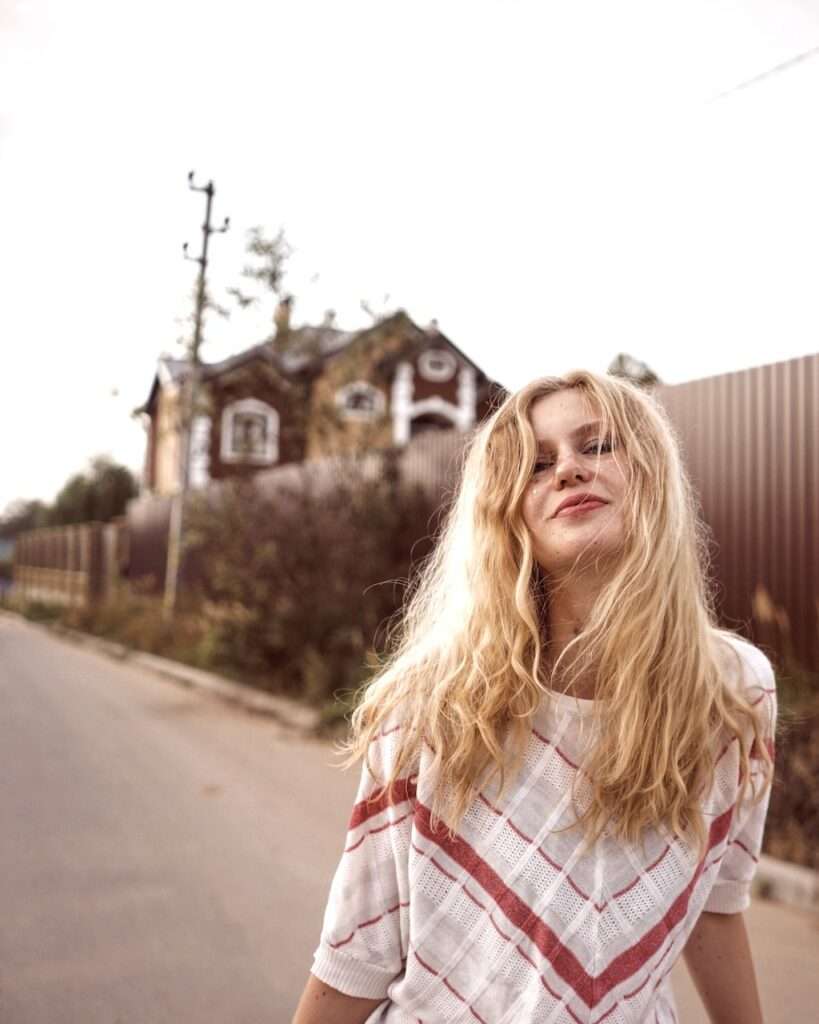There’s an easy, effective, and economically savvy solution to the environmental nightmare of modern fashion. According to branding expert Patricia Hambrick, it’s thrifting.
“[E]ach of us can do our part by choosing to thrift a percentage of our clothes, or buy less.” Patricia Hambrick, a venerated senior lecturer at Boston University’s Questrom School of Business, doesn’t mince her words.
As an expert in branding, marketing, and corporate sustainability, Hambrick has been a pivotal force in helping brands like Reebok and Timberland incorporate environmental initiatives. Beyond her role in academia, she holds the title of CEO at the Hambrick Group, where she continues to forge paths in the world of sustainable retailing.
‘Thrifting is the ultimate in reusing materials to help on both ends of the supply chain’
But despite the corporate progress Hambrick has helped foster, she says thrifting is the simplest and most effective sustainable fashion move. “Thrifting is the ultimate in reusing materials to help on both ends of the supply chain — reducing manufacturing production and reducing the disposal of post-life goods,” Hambrick tells Ethos via email.
Fashion production contributes to ten percent of global carbon emissions, according to UNECE 2018 data. This rampant production not only dries up water sources but also sullies rivers and streams. A staggering 85 percent of all textiles are discarded as waste each year — an environmental malady with significant consequences including microplastic pollution and excessive textile and garment waste cluttering developing countries as the West ship them out by the boatload.

And while a growing number of labels and brands have made efforts to green their supply chain and reduce waste, Hambrick says we need a wholesale change in how we consume.
“If we can buy products that others are no longer using through thrifting, we can reduce carbon emissions and waste products,” Hambrick says. “That will make a difference in the environmental impact of fashion.”
Moving the needle on corporate sustainability
But where does that leave the companies that have built their businesses on making new products? “To be successful, sustainability has to be a core tenant for large corporations,” Hambrick says. “Often, they need to prioritize efforts, as not everything can, nor should, be done at once,” she says. Generally, it is more expensive to develop new ways to produce, ship, and/or sell products. But companies can make impacts by improving worker conditions, making changes to their supply chains, and investing in novel, low-impact materials and tech.
“Companies like Louis Vuitton, the largest fashion house in the world, and others, are working to make fashion more sustainable,” she says. “And that will continue.”
But these efforts can take time to the move needle — and traceability, particularly in the fashion world, has long been an issue when it comes to materials, practices, and workers’ rights. Hambrick says many brands have long histories of greenwashing or nature-rinsing, making it hard for consumers to know what they’re getting.

“I don’t think it’s rhetoric at all, as consumers are smarter than to believe what brands say without transparency,” she says. “There is so much information available for brands to not be authentic about it. But it’s really hard to do. Brands are taking steps, but to truly be sustainable, they would need consumers to buy less, which their business models won’t allow.”
This brings us back to thrifting; we’ve long purchased used cars and vintage furniture, but until recently, secondhand fashion was decidedly out of fashion. That’s changed in recent years with the rise of peer-to-peer platforms and a Gen-Z-inspired love for secondhand. A recent study found that 85 percent of U.S. shoppers had engaged in secondhand markets in the last year.
How to embrace thrifting
“Some true thrifters can thrift their entire wardrobe,” Hambrick says. But most of us rely on a combination of thrift and traditional retail. “What I encourage all of us to do is to buy less so we are less wasteful.”
Hambrick says to buy what you think you will actually wear, and wear these items for multiple seasons, especially if the alternative is fast fashion, which she says hurts the environment the most. “Products are produced cheaply, worn once or twice, and then disposed of. It’s estimated that people buy 60 percent more clothes and wear them only half as long as they did just a decade ago. Take a longer view of our fashion choices. How much do we really need?”
Hambrick says that when doing your thrifting, look closest to home. While online thrift sites are widely available, many are having a hard time making profits. And they can involve shipping items across the country, which adds to the environmental footprint of the item.

Thrifting is almost, by definition, a local activity, Hambrick says. “I have two students developing a (successful) new business with a focus on thrifting between students within a single university, which is the ultimate local effort,” she says. “Keeping the circular economy strong locally is powerful for communities and therefore the cultures within communities.”
Plus, Hambrick says, thrifting is fun in ways conventional retail — with its racks and racks of the same items — isn’t. “Look for what you like that is made to your quality standards and is at a price you are willing to pay,” Hambrick says. She says because thrift stores are almost 100 percent stocked with unique items, it can be overwhelming when compared to the consistency of conventional retail.
And for the new thrifters, she says, this can take some adjusting. “So, be patient as you go through items to see what stands out to you. But once you find one nugget, you can get addicted, Hambrick says. “There are gems out there.”
Related on Ethos:


